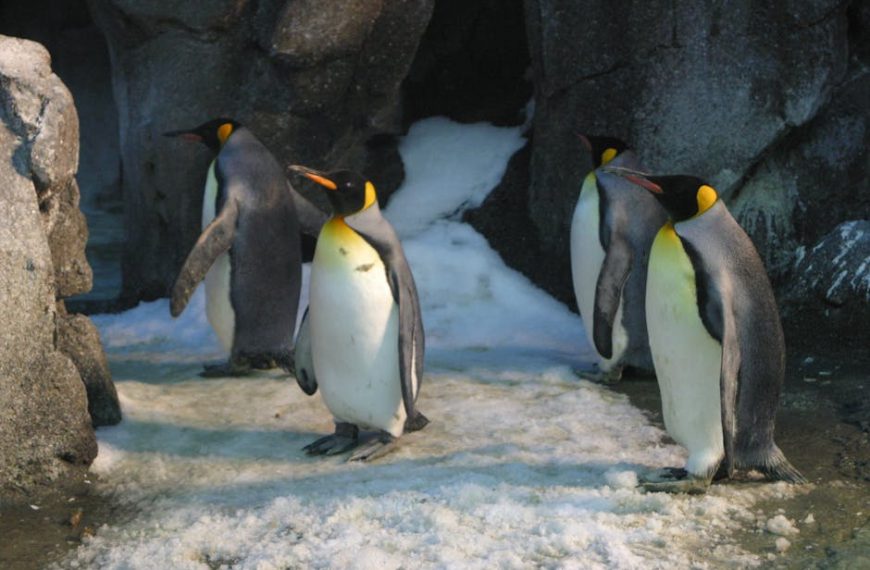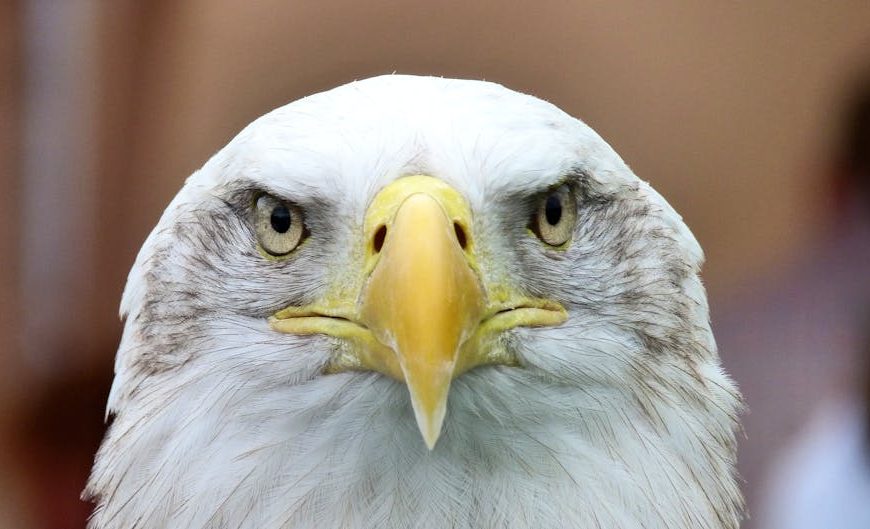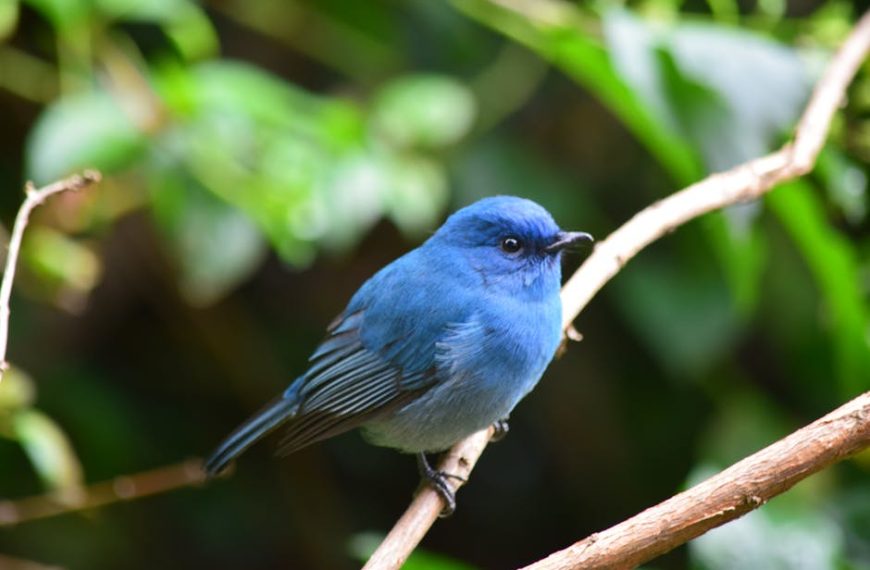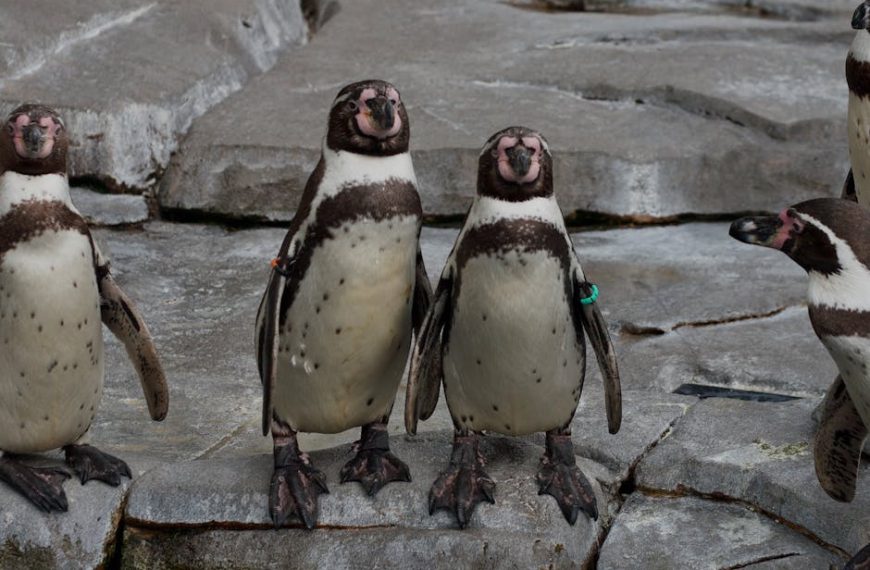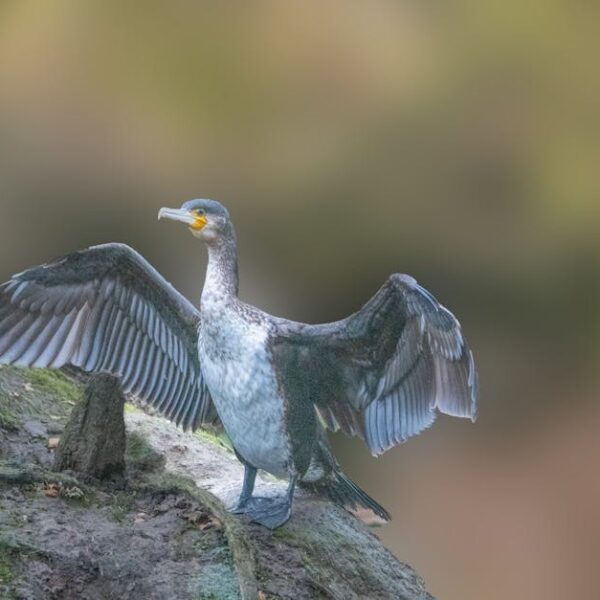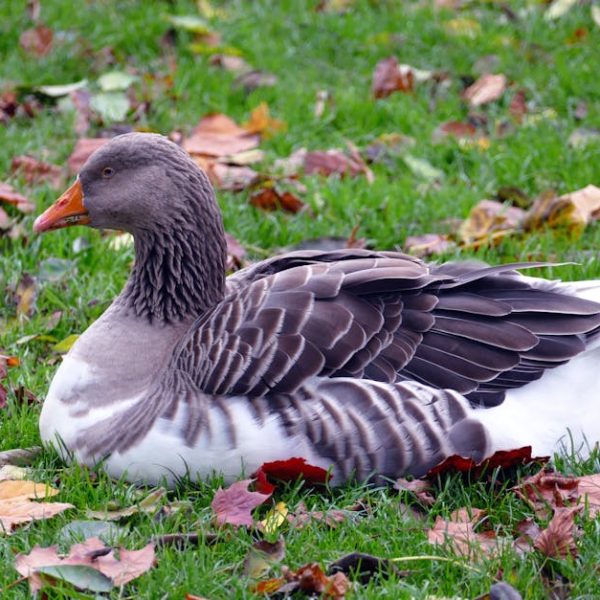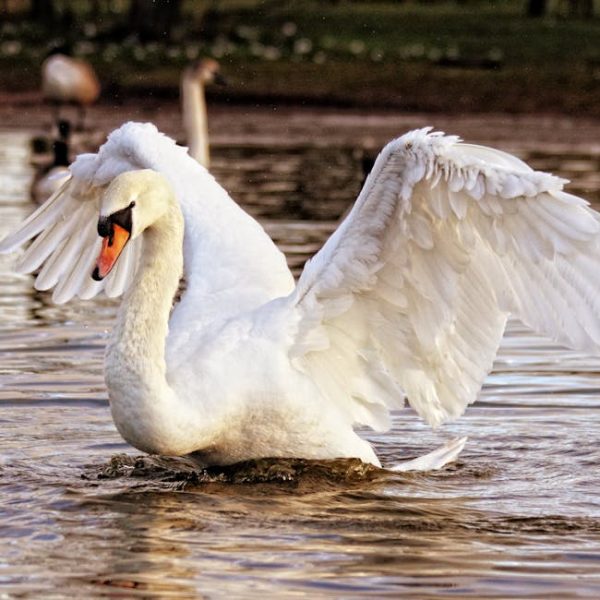Believe it or not, mammals and birds chalk their lineages back to a shared ancestor. A profound understanding of evolution reveals this fascinating connection, highlighting the shared history between two seemingly unrelated classes of the animal kingdom. The starting point was a tiny, four-limbed creature that appeared hundreds of millions of years ago. From this humble origin, divergent evolutionary paths led to the creation of what we today recognize as mammals and birds.
The crux of understanding shared traits lies not in their obvious similarities but in tracing their common origin. It’s essential to note, however, that not all traits exhibited by birds and mammals are a direct result of shared ancestry. Evolution, driven by varied ecological pressures, has led to many distinct adaptations as well.
Consider this: Mammals, broadly generalized, retain many traits from their shared ancestor like fur, middle ear bones, and mammary glands. Conversely, birds have undergone more dramatic changes, evolving wings and feathers — adaptations for flight, a trait absent in mammals (barring bats and a few gliders, of course). Indeed, understanding common ancestry without overstating its implications requires a delicate balance.
Warm-Blooded Survival: Similarities in Thermoregulation
Our shared ancestor likely had a variable internal temperature, like modern reptiles. The ability to maintain a constant body temperature–an attribute of being warm-blooded–evolved separately in birds and mammals. This trait, termed endothermy, allows these animals to thrive in a broader range of climatic conditions than their cold-blooded counterparts.
Now, here’s where it gets interesting: While bird’s metabolic rate and temperature regulation mechanisms are rather different from mammals, astonishingly, many underlying principles remain the same. Those shared evolutionary solutions point to just how crucial thermoregulation has been for survival.
For instance, both birds and mammals employ shivering and non-shivering thermogenesis to generate heat, and both utilize insulation (feathers or fur) to retain this heat. Birds, like mammals, even have a hypothalamus, the brain region responsible for regulating body temperature. However, differences do exist: Birds lack sweat glands and rely heavily on panting for cooling, a strategy mirrored by some mammals too, like dogs.
Intelligence and Social Bonds: Behavioral Parallels
In scientific circles, intelligence is often attributed heavily to mammals–particularly primates and cetaceans. Surprisingly, birds also demonstrate remarkable cognitive abilities, rivalling, and sometimes even surpassing, those of many mammalian species. Abilities such as problem-solving and self-awareness, once believed exclusive to mammals, are now known to exist in certain bird species like crows and parrots.
Birds, like mammals, also show impressive social behaviors – from cooperative hunting in Harris hawks to elaborate courtship dances in albatrosses. Elephants, primates, dolphins, and wolves share a similar complexity in their social dynamics. This behavioral convergence is as surprising as it is intriguing. However, caution is advised in interpretation. Not all birds or mammals exhibit these traits, and individual variance within species should not be overlooked.
Nurturing the Young: Parental Care Patterns
Taking care of their young until they can fend for themselves is a behavior that birds and mammals share. This complex pattern of parental care is unique to these groups, setting them apart from most of the animal kingdom. Examples of such behavior are abundant: mother kangaroos nurturing their joeys in pouches, father Emperor penguins guarding their eggs in the harshest polar winters, mother dolphins nursing their calves, and songbirds feeding their hatchlings.
Here too, similarities drawn need a measured interpretation. For instance, a female gorilla and a female robin both care for their young, but the manner of care is vastly different. A gorilla may nurse her young for several years, teaching it the intricacies of social behavior, whereas a robin might feed her offspring for just a few weeks before they’re capable of independent survival.
Structural Similarities: More than Meets the Eye
Given their diverging appearances, it’s tough to envision how birds and mammals could bear structural commonalities. Yet, there it is. Behind the feathers and fur, complex systems in these animals work under similar principles.
A case in point? Their respiratory systems. Unlike in most reptiles, in both birds and mammals, oxygen-rich and oxygen-poor air does not mix in the lungs. This non-mixing provides more efficient oxygen uptake, crucial for maintaining a high metabolic rate and body temperature. And then, there’s the four-chambered heart – a design allowing for effective separation of oxygenated and deoxygenated blood, thereby boosting energy supply in both classes.
Of course, each adaptation carries with it its own set of evolutionary pros and cons. This highly efficient respiratory system, for instance, could be more susceptible to damage and infection. Understanding these checks and balances adds depth to our understanding of these remarkable creatures.
Wrapping Up
In our quest to unravel the ties between mammals and birds, deviations are as informative as resemblances. Yes, they share an ancestral link, but their evolutionary paths led them to develop distinct traits adapted to their specific survival needs. The ability to maintain constant body temperature, form complex societies, display parental care, and display structural similarities are shared chapters in their evolutionary tale. These commonalities do not blur their unique identities; instead, they highlight the interconnected web of life. They underscore the beauty of survival, adaptation, and evolution we so intriguingly observe in the world around us.
Key Takeaway:
- Mammals and birds trace back their origins to a common ancestor, leading to shared traits in their evolution.
- Both birds and mammals are warm-blooded, a trait essential for survival in varying climatic conditions.
- Intelligence and sophisticated social interactions are observed in both mammalian and avian species.
- Mammals and birds display complex patterns of parental care, a largely unique characteristic among animals.
- Despite their diverse physical appearances, birds and mammals share surprising structural similarities in body functions.
Despite their unique identities and differences, the commonalities between birds and mammals highlight the fascinating interconnection of life on Earth. These traits are a testament to the shared evolutionary journey and adaptation to Earth’s diverse habitats. So, let’s celebrate this interconnectedness, and appreciate the marvel of nature’s adaptability.
FAQs
Q: Why do birds and mammals have more in common than with reptiles?
A: Birds and mammals share a more recent common ancestor compared to reptiles. This shared ancestry leads to shared characteristics in their evolutionary journey, despite their distinct paths.
Q: How does being warm-blooded benefit birds and mammals?
A: Being warm-blooded allows birds and mammals to survive in a wide range of climates by maintaining a constant body temperature. This trait has been instrumental in their adaptability and survival.
Q: Is intelligence common in all bird and mammal species?
A: Not all bird and mammal species administer high cognitive abilities. While certain species like crows, parrots, dolphins, and primates show remarkable intelligence, diverse behaviors are found within these classes of animals.
Q: What are some examples of parental care in mammals and birds?
A: In mammals, examples include mother kangaroos nurturing their joeys in pouches and dolphins nursing their calves. In birds, examples include emperor penguins guarding their eggs and songbirds feeding their hatchlings.
Q: Are there any disadvantages to the shared structural similarities between birds and mammals?
A: Yes, every adaptation comes with its advantages and trade-offs. For instance, the efficient respiratory system in birds and mammals, while beneficial for oxygen uptake, could be more vulnerable to damage and infection.
We hope that this article stimulated your curiosity about our remarkable nature. Please feel free to explore more articles on our website and share your newfound knowledge with others as well.

